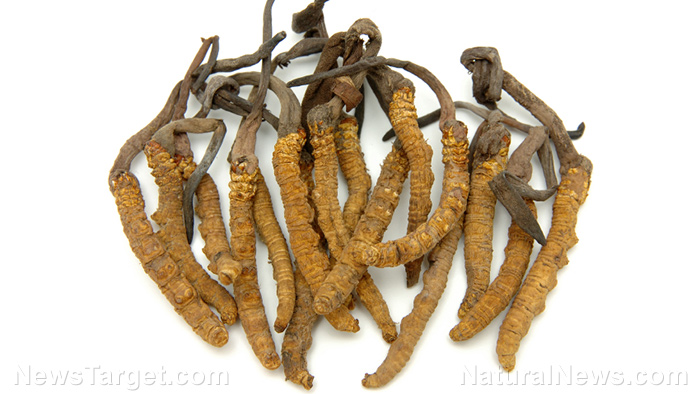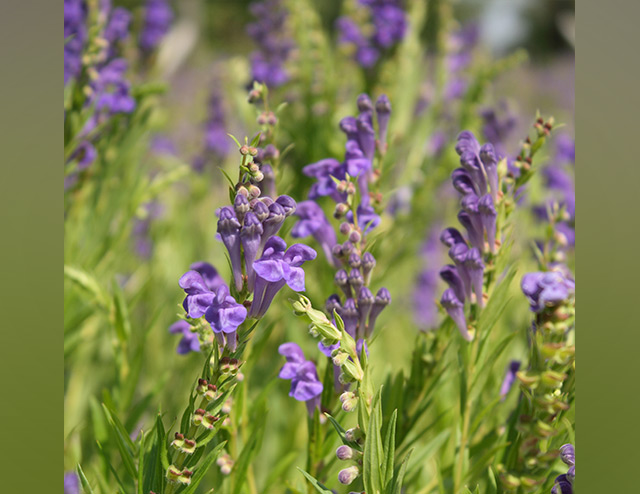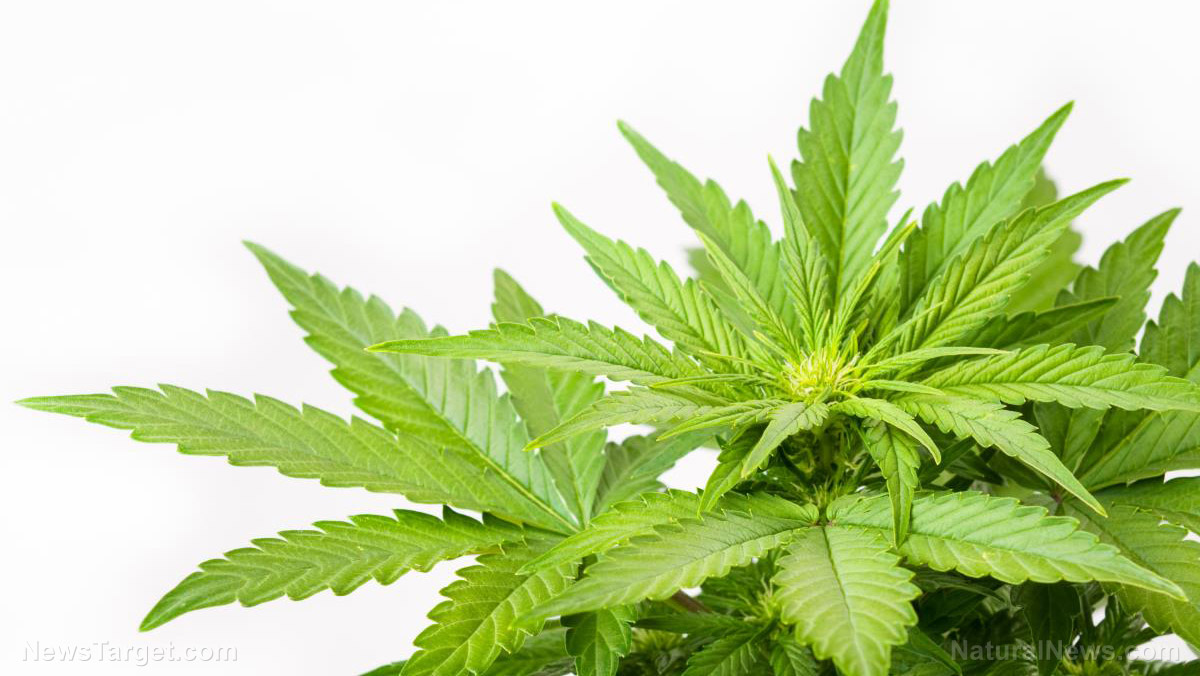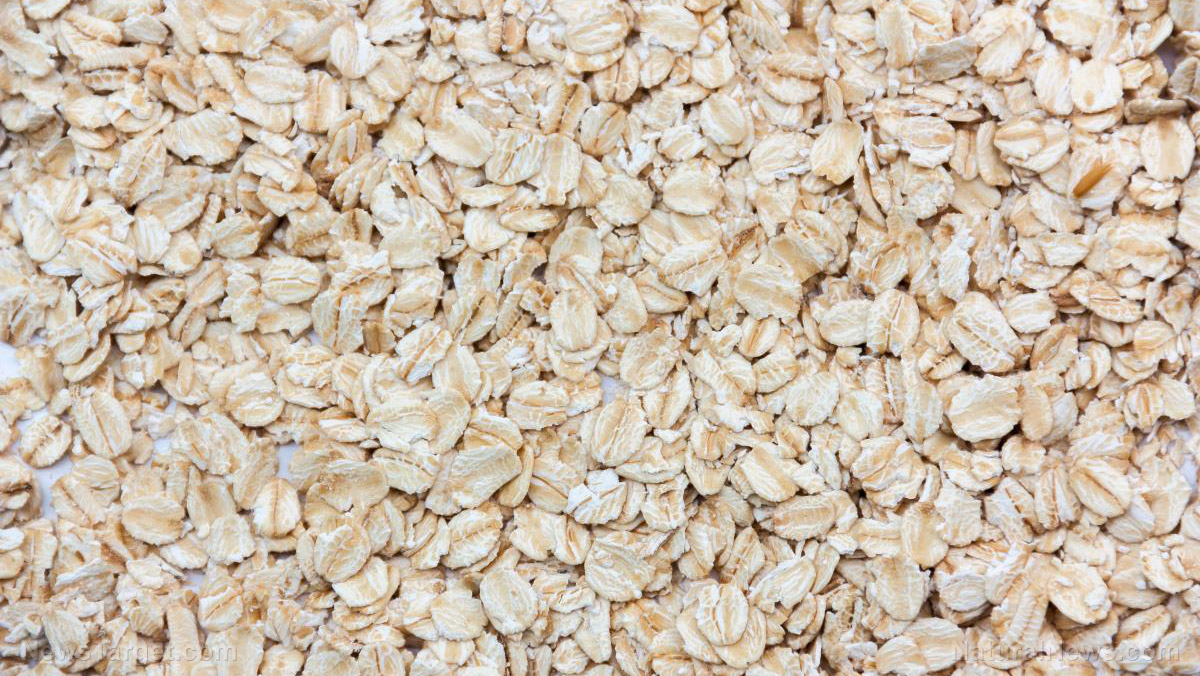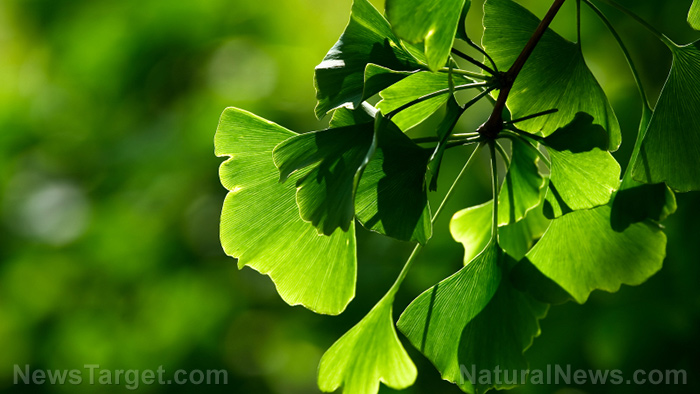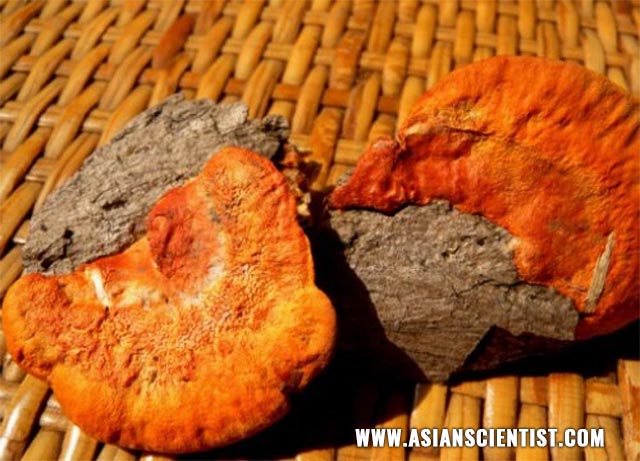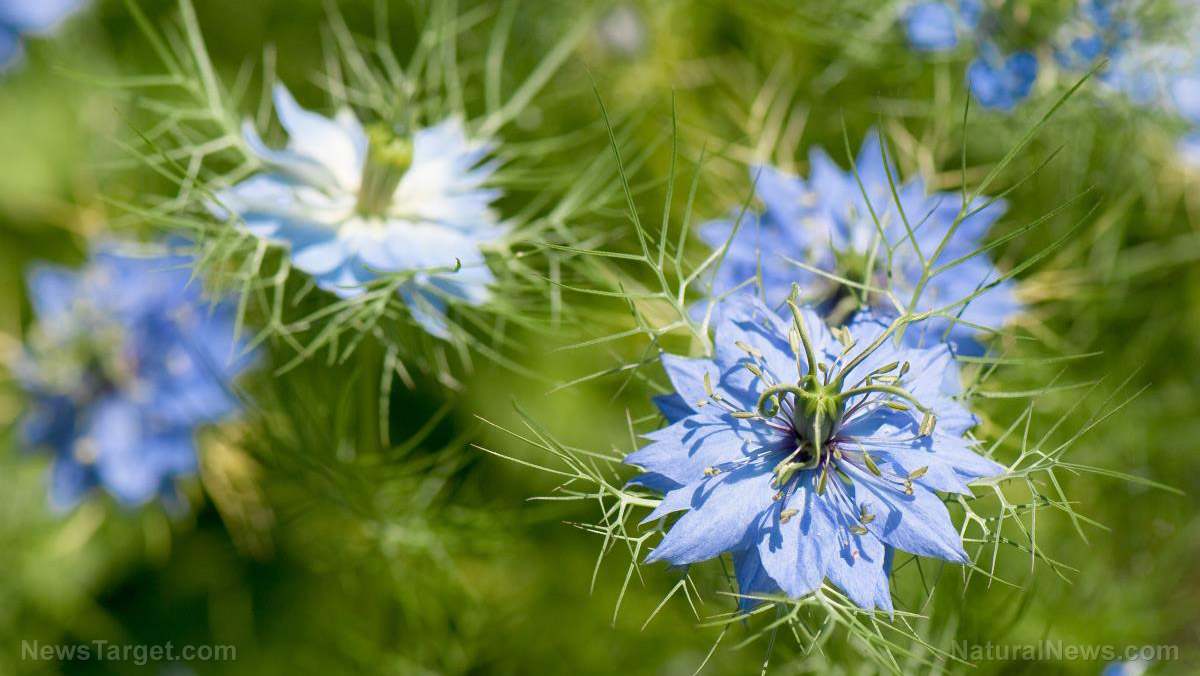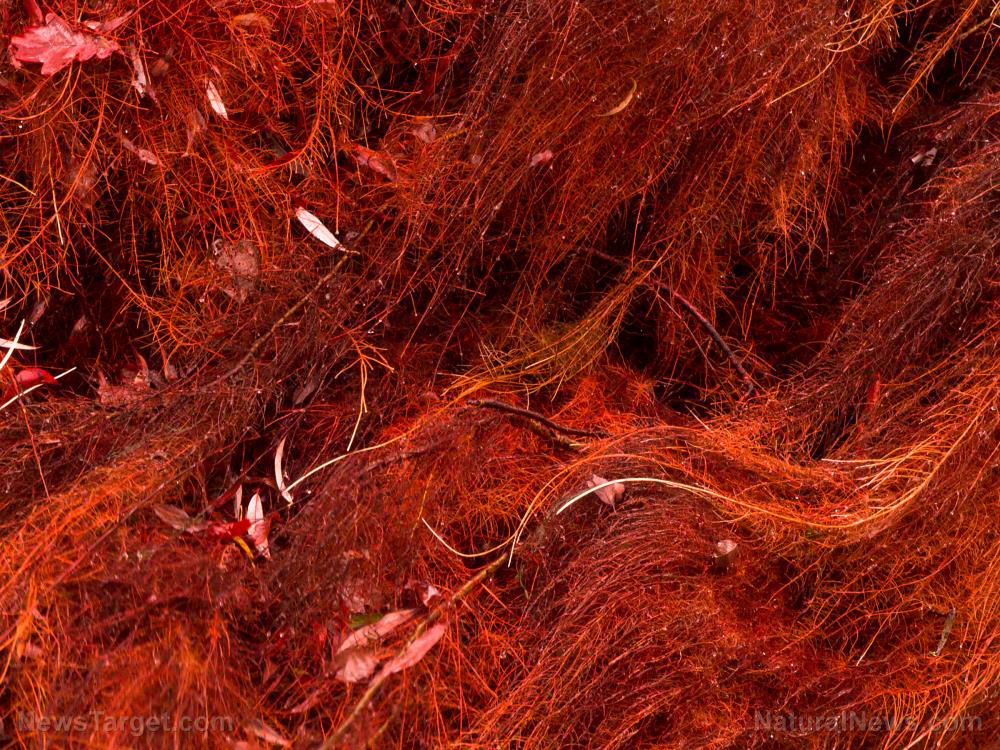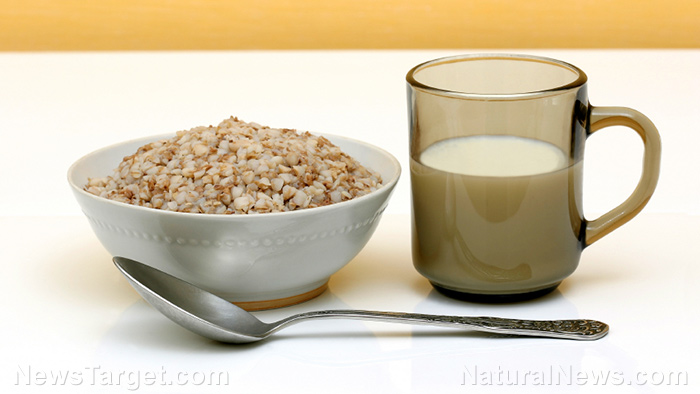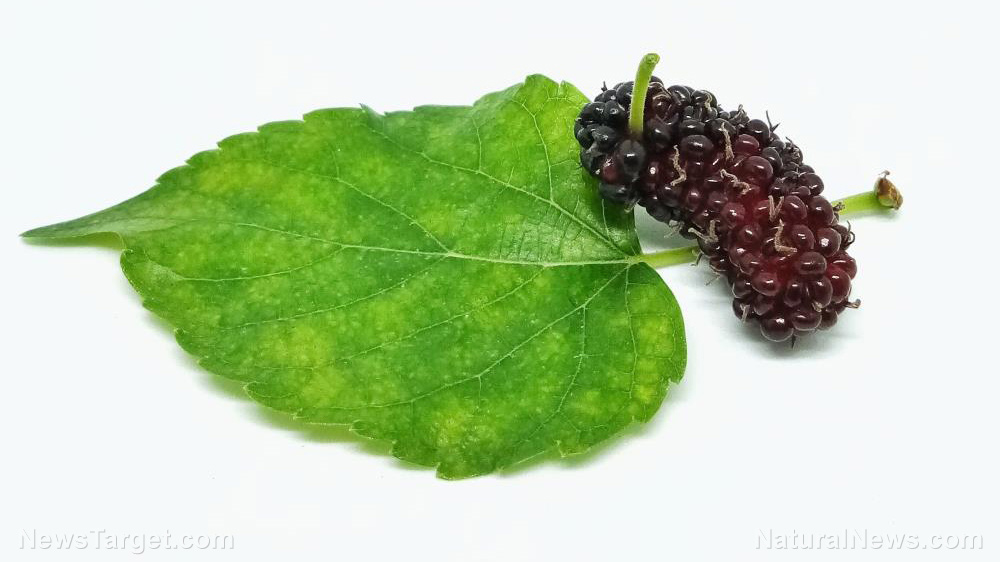Houttuynia cordata can protect the gut from H1N1-induced injury
09/17/2019 / By Evangelyn Rodriguez
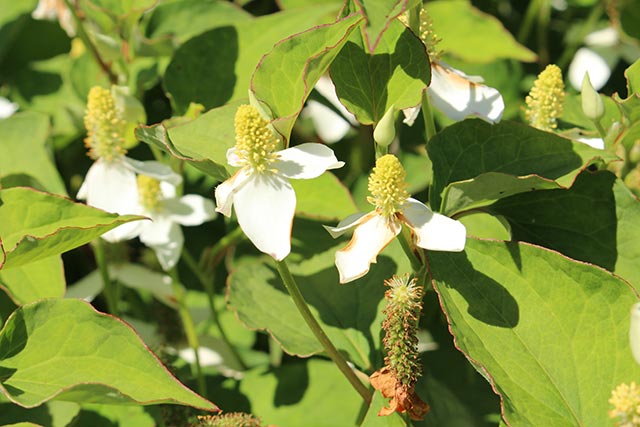
In this study, researchers from Fudan University in China investigated the effects of a polysaccharide extracted from Houttuynia cordata on the intestinal barrier and gut microbiota of mice infected with the H1N1 virus. The results of their study were published in the Chinese Journal of Natural Medicines.
- H. cordata, commonly known as fish mint or chameleon plant, is an aromatic herb used in traditional Chinese medicine.
- For their study, the researchers tested the gastroprotective properties of an H. cordata polysaccharide (HCP) on H1N1-infected mice. The viral infection caused pulmonary and intestinal injury in the animals, as well as an imbalance in the composition of their gut microbiota.
- Treatment for the infection consisted of oral administration of HCP at a dosage of 40 milligrams per kilogram body weight per day.
- The researchers reported that HCP significantly suppressed the expression of hypoxia-inducible factor 1-a and reduced mucosubstances in goblet cells.
- HCP also restored the level of zonula occludens-1 in the intestines of the infected mice.
- Moreover, the researchers found that HCP reversed the imbalance in gut microbiota composition by reducing the number of pathogenic bacteria that belong to the Vibrio and Bacillus genera. This restored intestinal homeostasis in the mice to some degree.
- HCP treatment also inhibited inflammation and increased the production of interleukin-10 by reducing intestinal levels of Toll-like receptors and interleukin-1B. It even alleviated lung injury and intestinal dysfunction caused by H1N1 infection.
Based on these results, the researchers concluded that HCP can be used to prevent intestinal damage and gut microbiota imbalance caused by H1N1 viral infection.
Journal Reference:
Chen MY, Li H, Lu XX, Ling LJ, Weng HB, Sun W, Chen DF, Zhang YY. HOUTTUYNIA CORDATA POLYSACCHARIDE ALLEVIATED INTESTINAL INJURY AND MODULATED INTESTINAL MICROBIOTA IN H1N1 VIRUS INFECTED MICE. Chinese Journal of Natural Medicines. March 2019;17(3):187–197. DOI: 10.1016/s1875-5364(19)30021-4
Tagged Under: alternative medicine, anti-inflammatory, chameleon plant, Chinese medicine, digestion, fish mint, gastroprotective, gut health, gut microbiota, H1N1, herbal medicine, Herbs, Houttuynia cordata, infections, inflammation, influenza, intestinal barrier, intestinal injury, lung health, lung injury, natural cures, natural medicine, outbreak, pandemic, phytonutrients, plant medicine, plant polysaccharide, prevention, remedies, research, TCM, viral infection


